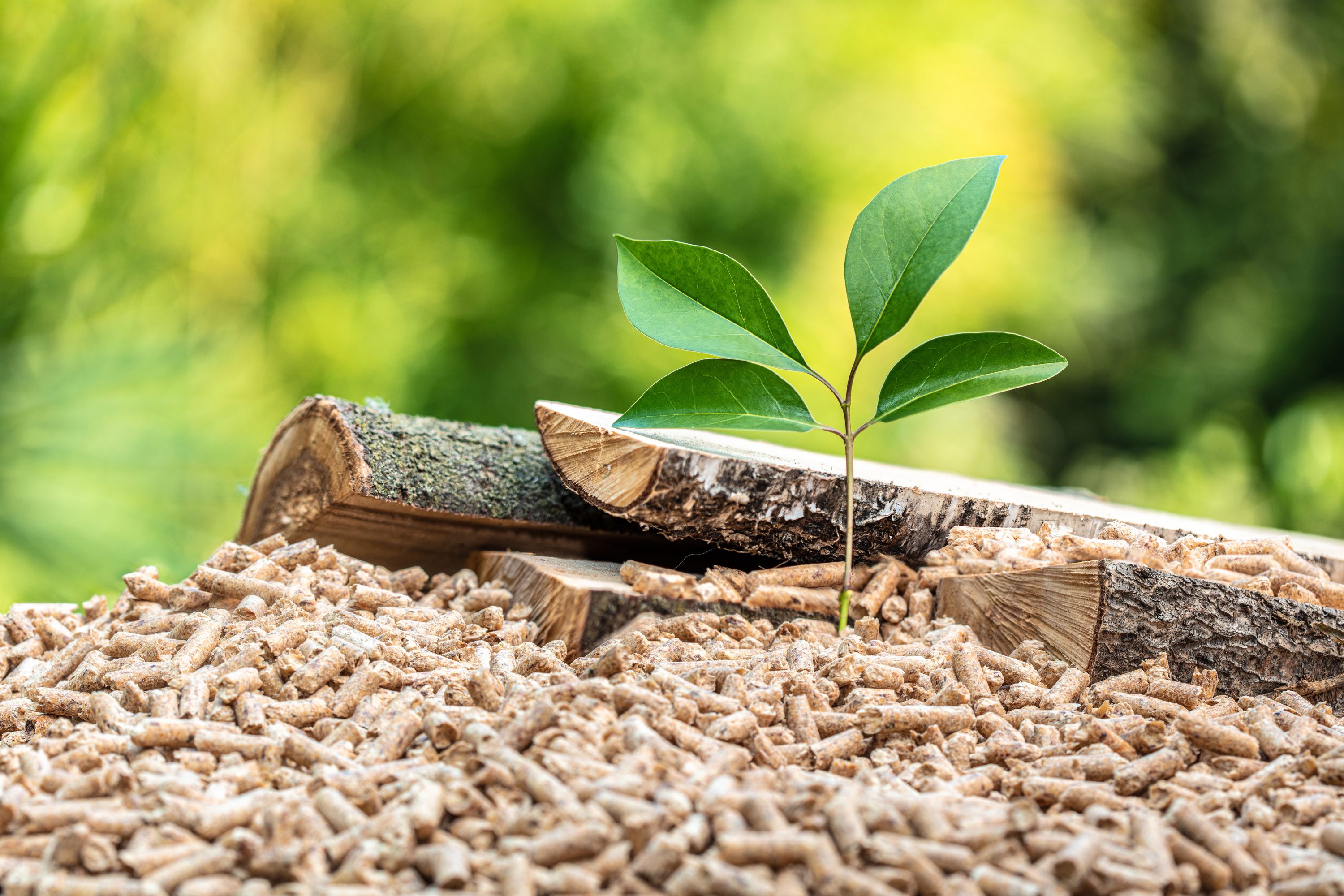
Latest information

Forest biomass, an opportunity for Galicia
Wood is renewable and sustainable, and can be used, reused and recycled. It is therefore a key raw material for Europe's transition model towards a circular bioeconomy aimed at boosting global competitiveness, fostering sustainable economic growth and generating new jobs. The forest-based industry has great potential to promote a "green economy" using wood, bioenergy and new biomaterials.
The EU Climate Change Mitigation Strategy 2050 and the EU Bioeconomy Strategy encourage the transition to a circular economy relying on natural resources. New markets are emerging for wood, and demand for wood is expected to increase significantly.
In the field of construction, the use of wood as a structural element is increasing in Europe. In Germany, 17% of new houses built are made of wood. In Spain, annual consumption was around 10,000 m3 in 2019, with increases expected to double this level of demand. Coniferous wood is presented as an optimal material for these new products.
There is also an increase in so-called passive houses, which represent energy savings with respect to traditional models, as well as the use of other wood-based materials such as light-weight framing.
In the textile sector, the need to reduce the use of plastic materials is being noted, using products derived from cellulose, obtaining ecological and reusable materials and also using combinations of bio-based materials that allow for a reduction in the use of polymers.
There is also an important advance in the use of new composite materials in the automotive industry, increasing the consumption of wood-based biological materials. The increase in bioenergy also provides an opportunity for biofuels, especially biomass, both as a source of heat and as a source of energy.
In these areas, Galicia is involved in innovation programmes for the development of new materials and has a biomass strategy that will enable the use of these resources to be exploited to the full.
Galicia has a forest area of more than two million hectares, and forestry activity in the Community generates opportunities and wealth, distributed among the thousands of foresters and hundreds of neighbourhood communities that sell wood each year. In 52 of Galicia's 315 municipalities, forestry-based industry accounts for more than 30% of industrial establishments.
According to the IGE (Galician Statistics Institute) (2013), the main wood processing chain accounts for around 2% of the Galician economy in terms of added value, while in terms of employment, this represents 2.3%, and in terms of industrial employment, 12.3% of the overall Galician economy.
The qualitative importance of the sector increases when considering the numerous lateral supply chains and suppliers of capital goods, complementary supplies, research services and infrastructures (particularly railways and ports) linked to it. Thus, an increase in production in the main chain not only leads to increases in employment in that main branch, but also, to the extent that it demands intermediate consumption from other branches, it also has an impact on their employment. The forestry industry purchases products from 80% of the economic sectors in Galicia and, in 23 of them, with purchases of more than 10 M€/year.
Sustainable forest management
The use of biomass as an energy source will ensure the continued growth of Europe's forests. Biomass comes from three main sources: wood biomass (70%), agricultural biomass (20%) and biomass waste (10%). Bioenergy is mainly used for heating (70%), providing heat to 66 million European households; electricity (15%) and fuel transport (15%).
The opportunities that forest biomass represents for Galicia, in line with the objectives of the Smart Specialisation Strategy (RIS3), are related to the energy sector (generation and storage), the circularity of processes, sustainable construction and the textile sector. In addition, bioenergy helps forest management and contributes to a reduction in CO2 emissions.
The Xunta's commitment to forest biomass is materialised via several lines of aid and incentives for biomass projects for thermal uses, led by Inega. In the period 2014-2021, 54 million euros in aid were granted, with an associated investment of 112 million euros for a total of over 8,800 grants awarded (7,453 to individuals and 1,373 to companies).